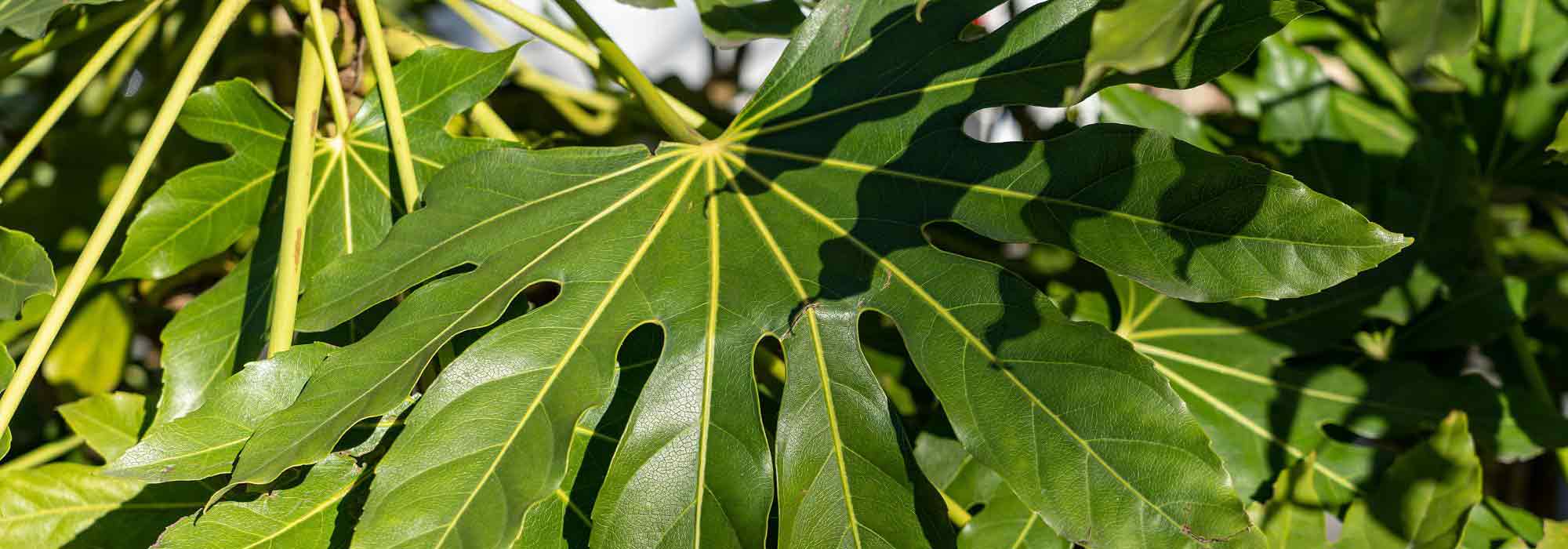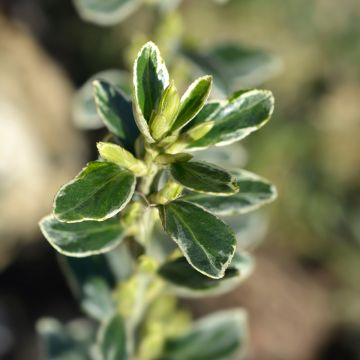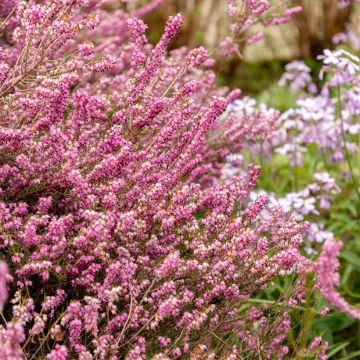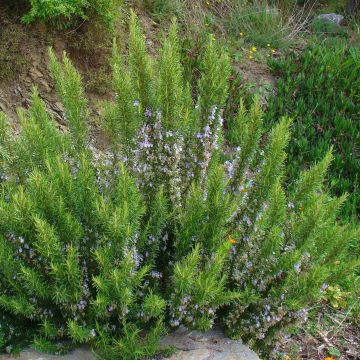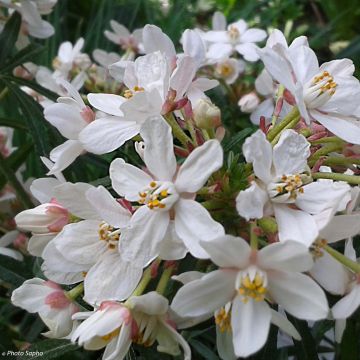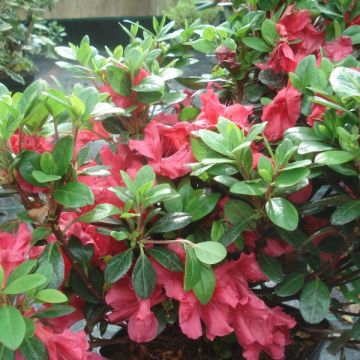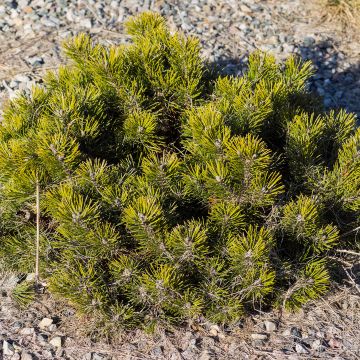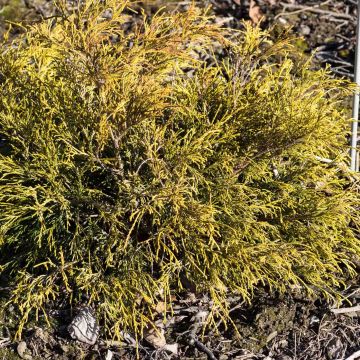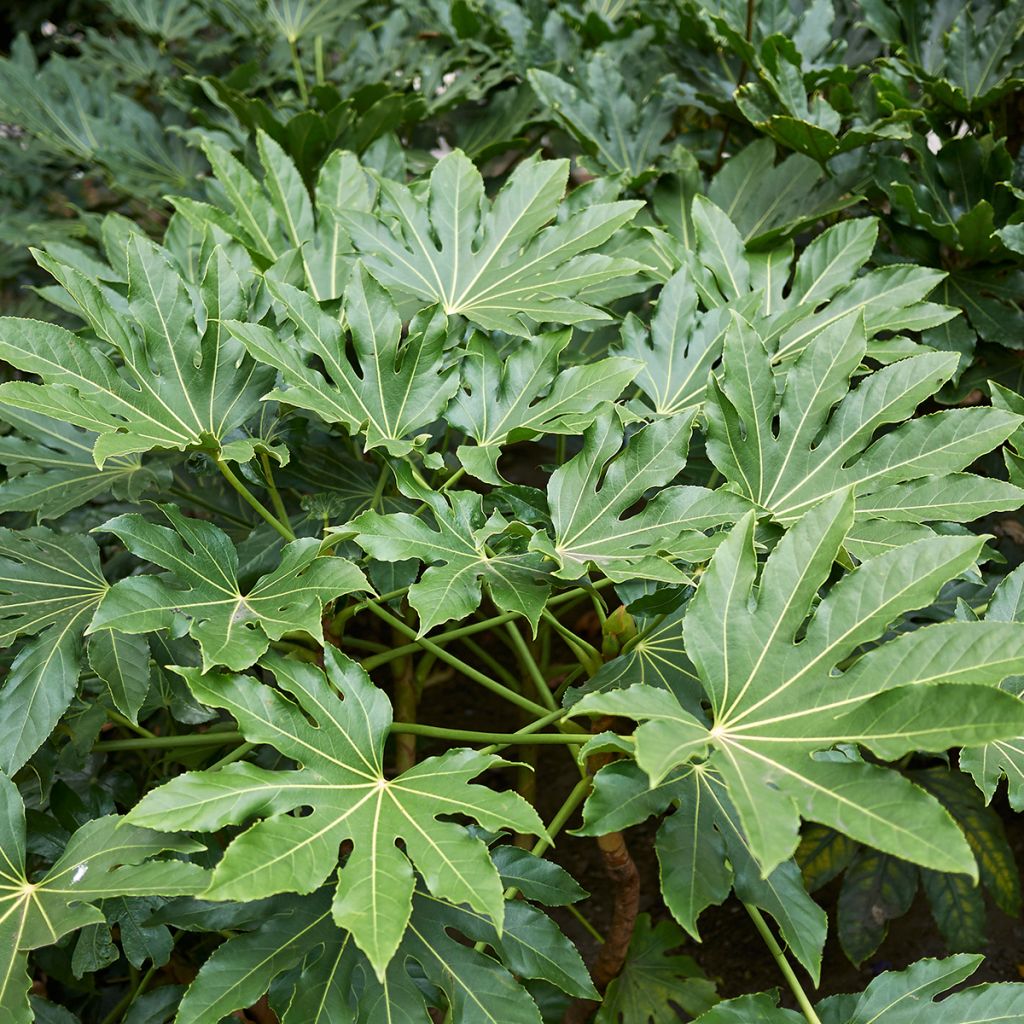

False Aralia - Fatsia japonica
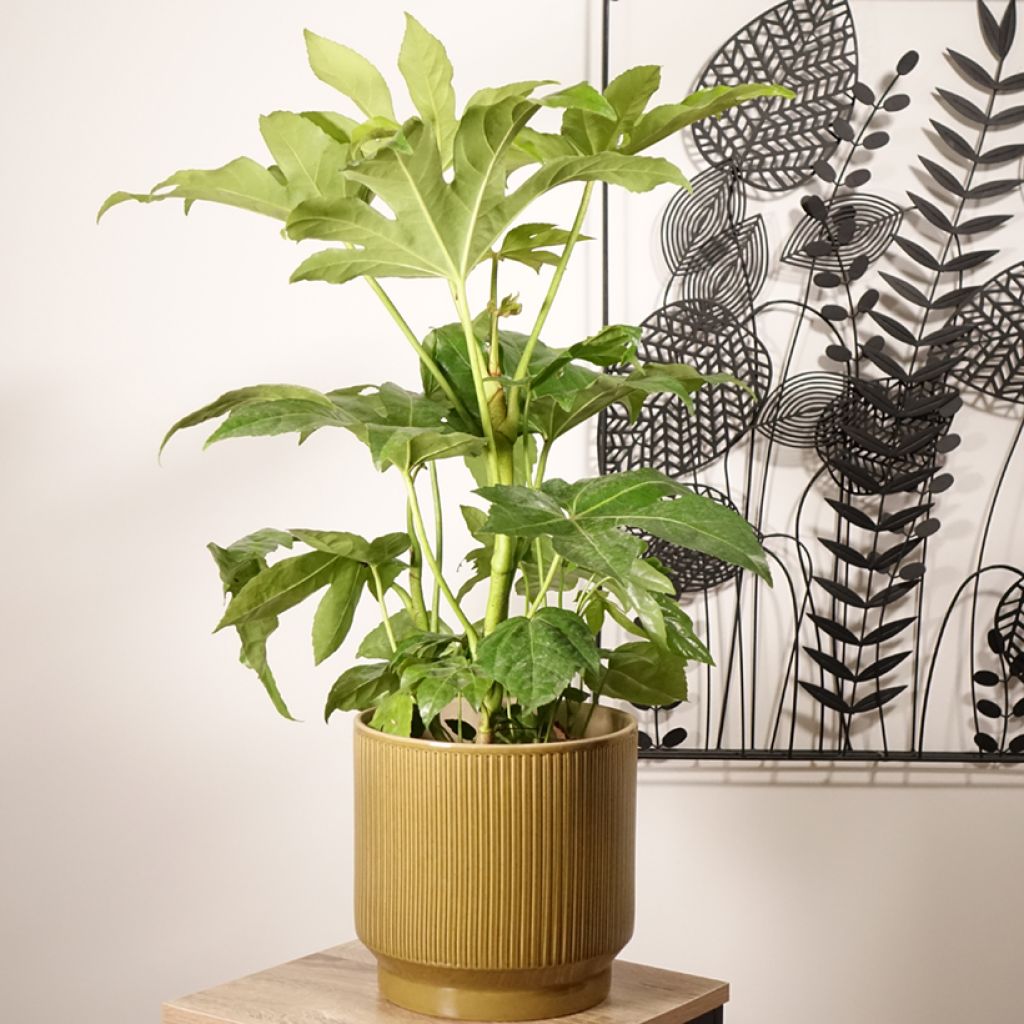

False Aralia - Fatsia japonica
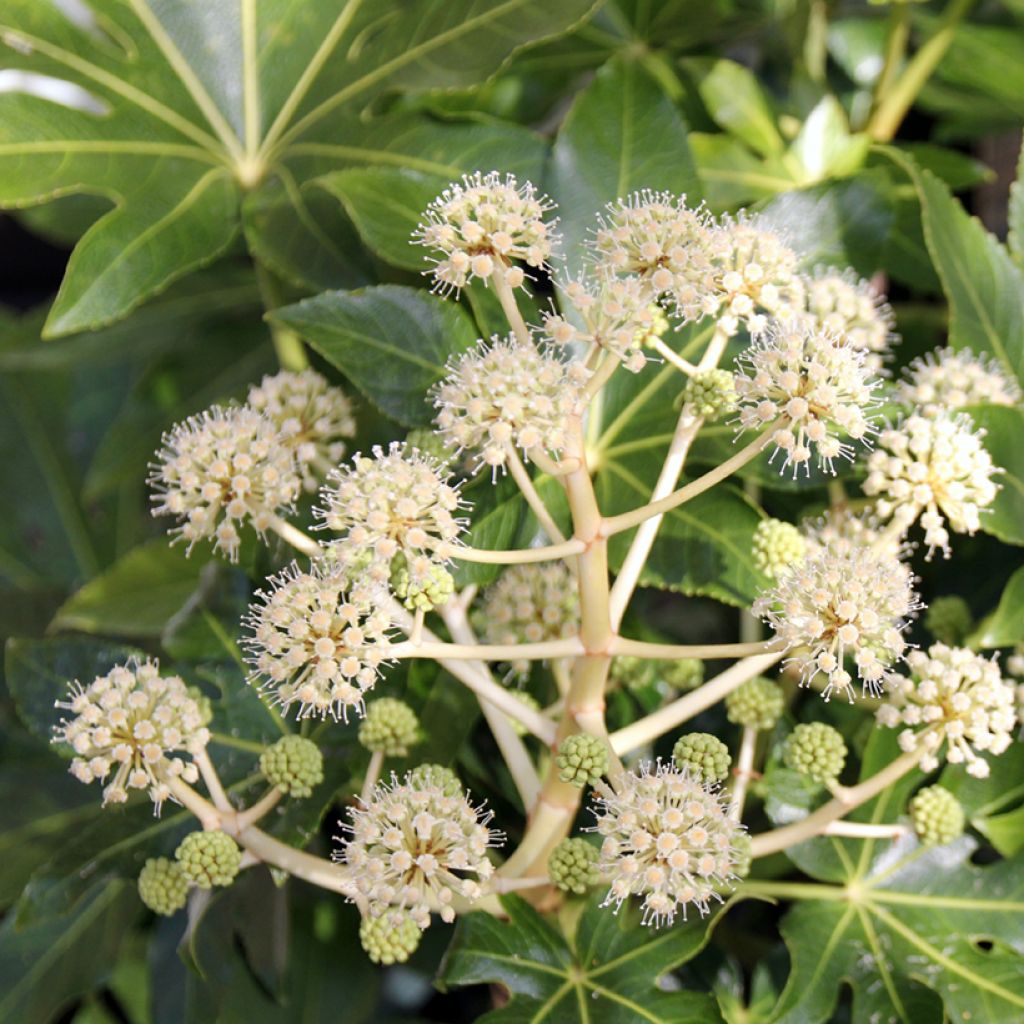

False Aralia - Fatsia japonica
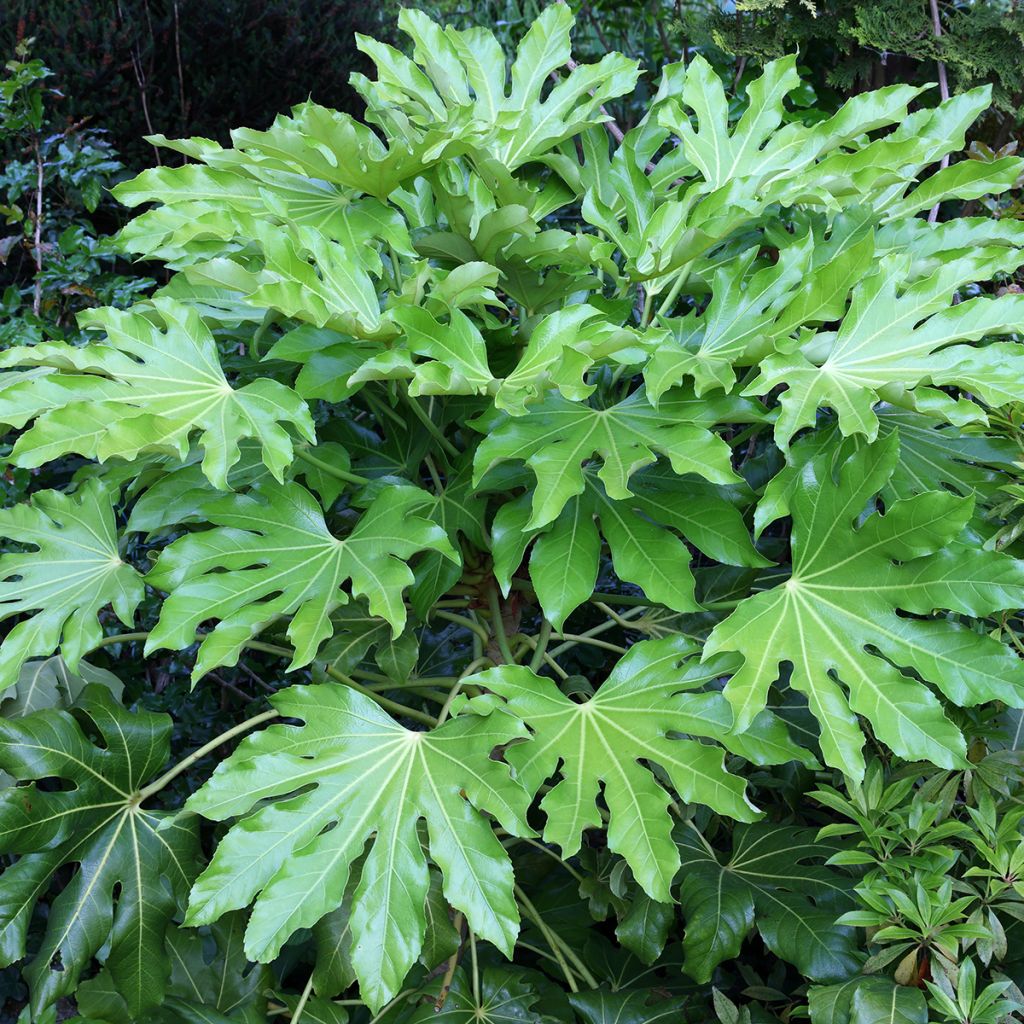

False Aralia - Fatsia japonica
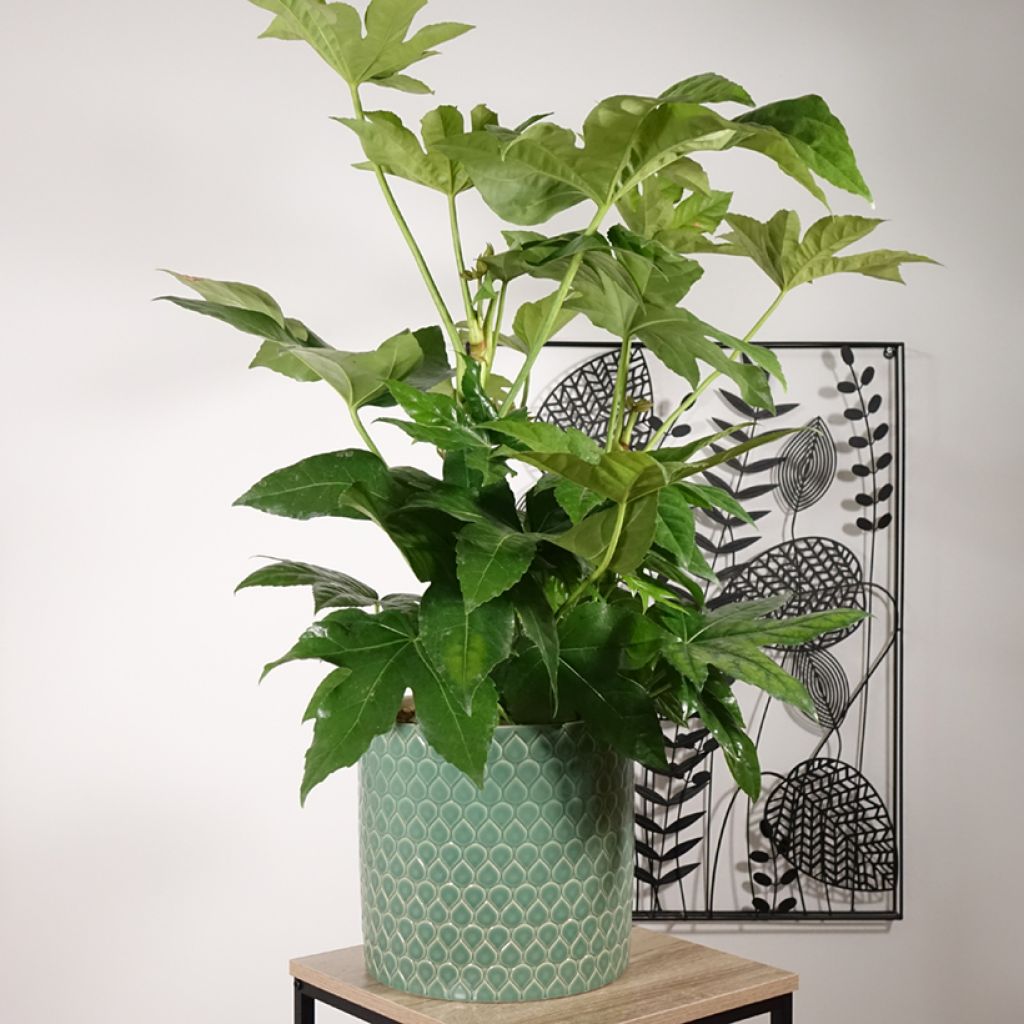

False Aralia - Fatsia japonica
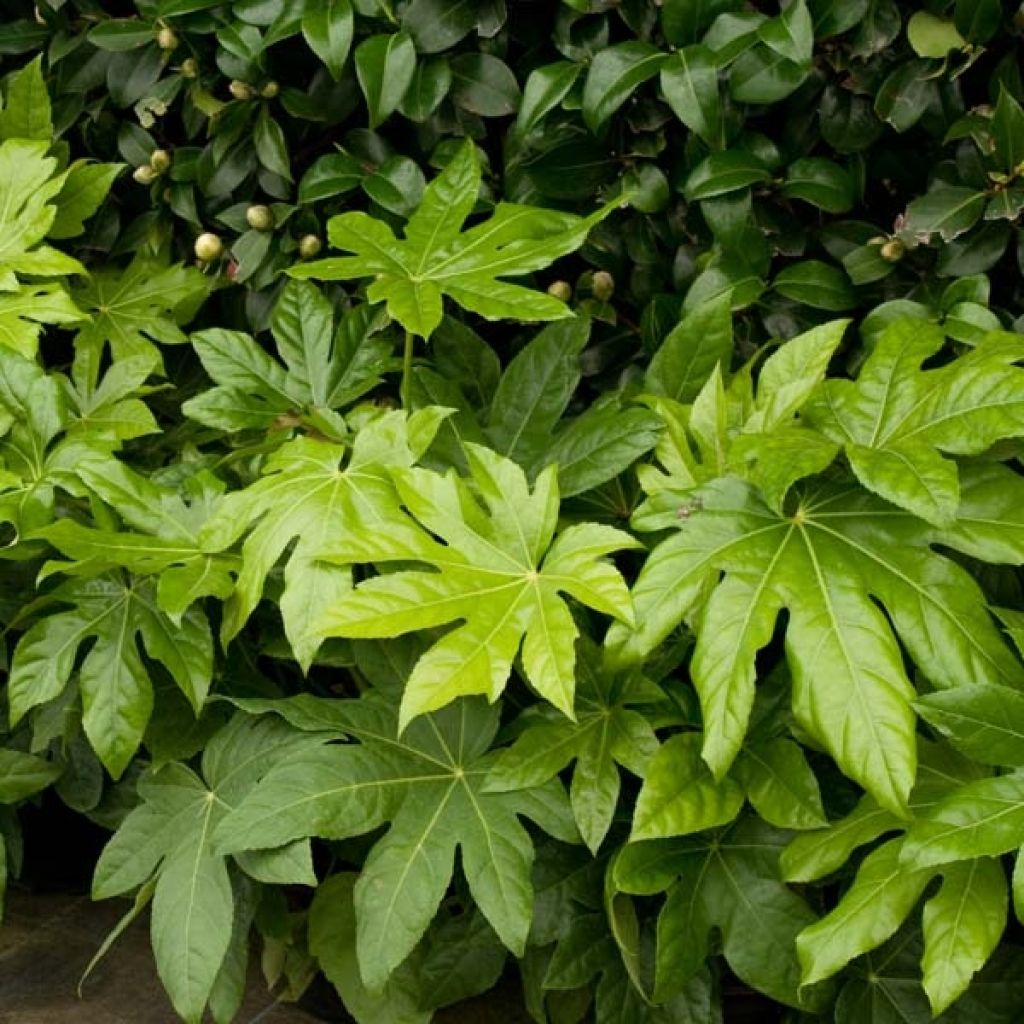

False Aralia - Fatsia japonica
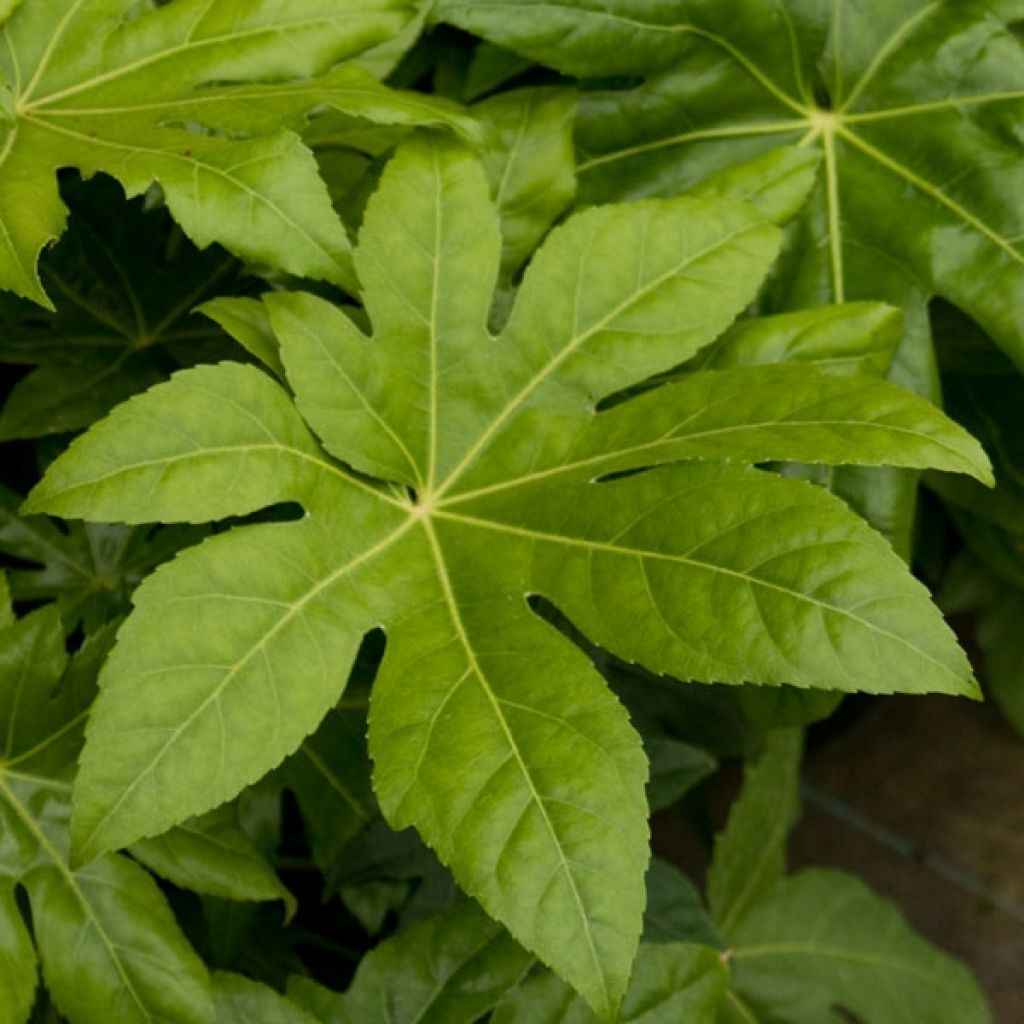

False Aralia - Fatsia japonica
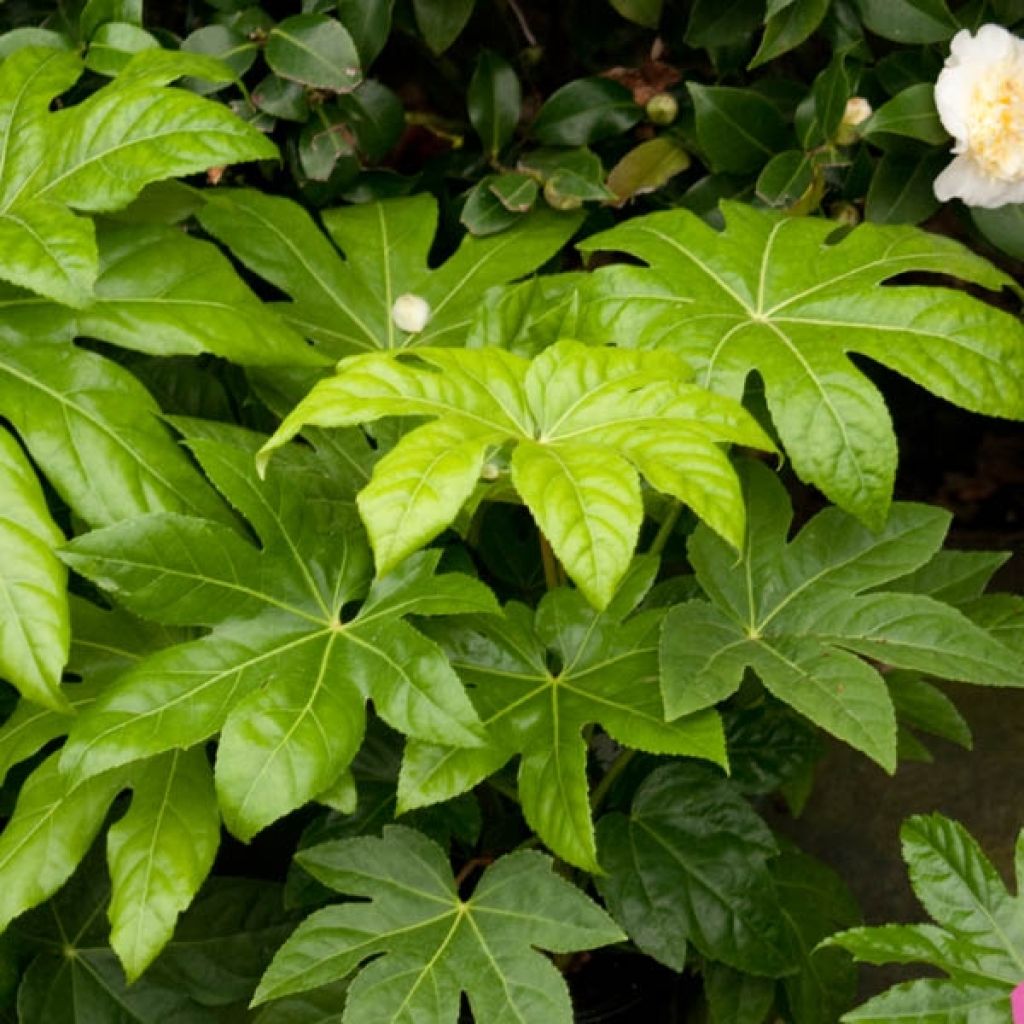

False Aralia - Fatsia japonica
False Aralia - Fatsia japonica
Fatsia japonica
Paperplant, False Aralia, Japanese aralia, Caster Oil Plant
Special offer!
Receive a €20 voucher for any order over €90 (excluding delivery costs, credit notes, and plastic-free options)!
1- Add your favorite plants to your cart.
2- Once you have reached €90, confirm your order (you can even choose the delivery date!).
3- As soon as your order is shipped, you will receive an email containing your voucher code, valid for 3 months (90 days).
Your voucher is unique and can only be used once, for any order with a minimum value of €20, excluding delivery costs.
Can be combined with other current offers, non-divisible and non-refundable.
Home or relay delivery (depending on size and destination)
Schedule delivery date,
and select date in basket
This plant carries a 24 months recovery warranty
More information
We guarantee the quality of our plants for a full growing cycle, and will replace at our expense any plant that fails to recover under normal climatic and planting conditions.

Does this plant fit my garden?
Set up your Plantfit profile →
Description
Fatsia japonica is evergreen and boasts impressively large, dark green and shiny leaves. They are 15 to 30 cm wide (5.9 in to 11.8 in), sometimes more, and are held on a petiole (leaf stalk) that is just as long. Tiny flowers appear in autumn, which are grouped in bunches of small white pompons. Later, they transform into equally decorative black pearls.
It is also called false aralia or Japanese aralia due to its botanical proximity to Aralias, which are similar ornamental plants. Shrub-like or perennial Aralias also have quite remarkable foliage.
Originally from southern Japan and Taiwan, Fatsia japonica likes to be planted in partial shade, in very moist, light, and acidic soil. Hardy down to -12° C (10.4° F), the foliage can be damaged by snow and winter winds; planting it in very sheltered areas, protected from cold and dry winds, will greatly improve its hardiness. Plant it in the south or west, against a wall or in a shaded bed, in the company of plants with luxuriant leaves: rodgersias, bamboos, hostas, Chinese palm or Gunnera.
False Aralia - Fatsia japonica in pictures


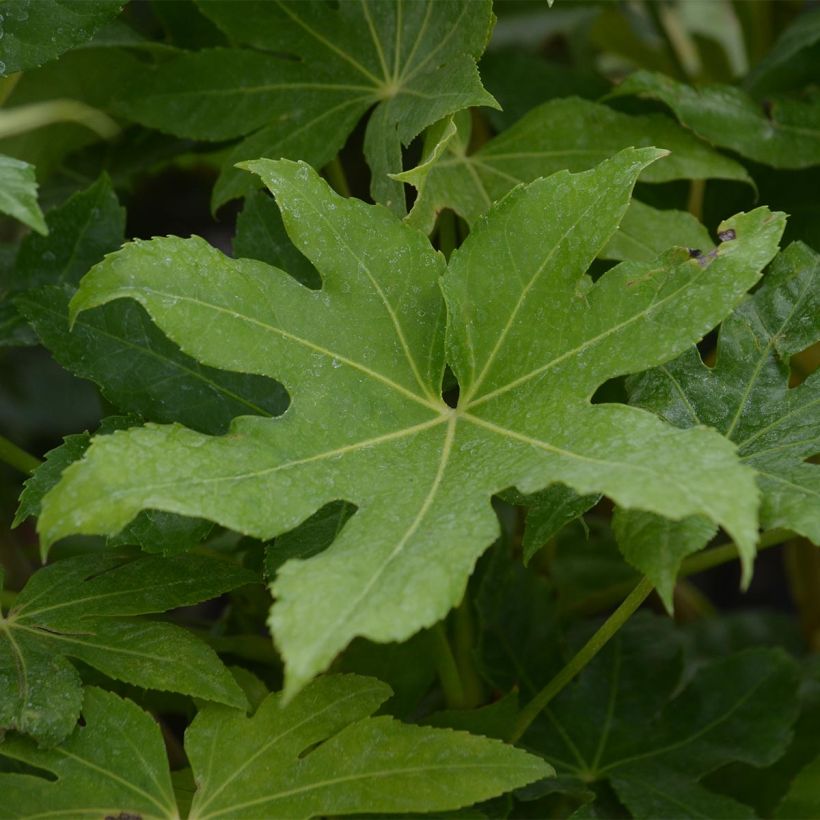

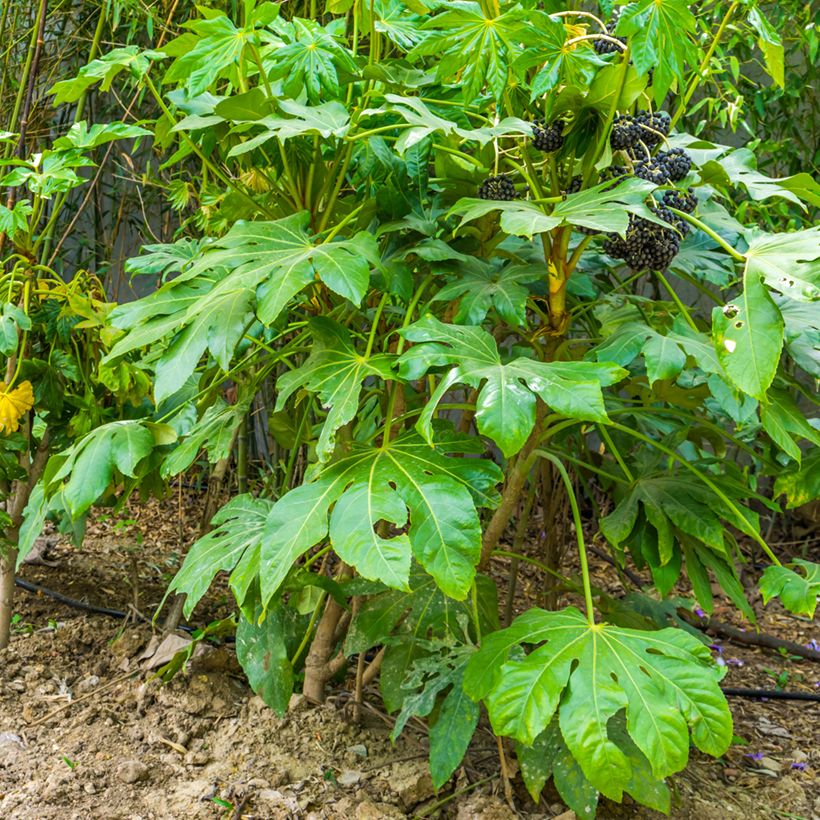

Plant habit
Flowering
Foliage
Botanical data
Fatsia
japonica
Araliaceae
Paperplant, False Aralia, Japanese aralia, Caster Oil Plant
East Asia
Planting and care
Fatsia japonica prefers slightly acidic soils, so you should enrich your planting hole with leaf compost. Lighten the soil with a bit of sand to improve drainage (beneficial in winter). Also, make sure to plant it in a sheltered location, preferably in partial shade. Feel free to water it in summer to maintain some moisture at the base of the plant. In winter, do the opposite and ensure it is kept dry. It is wise to protect it during this period with a winter cover. When the leaves turn yellow in winter, it is often due to low temperatures, while in summer it is due to drought, so mist the plant with a bit of water. Prune any branches that you find unsightly in spring. In autumn, you can remove the clusters of fruits as soon as they appear, as this will cause the leaves to grow larger.
Planting period
Intended location
Care
Planting & care advice
-
, onOrder confirmed
Reply from on Promesse de fleurs
Similar products
Haven't found what you were looking for?
Hardiness is the lowest winter temperature a plant can endure without suffering serious damage or even dying. However, hardiness is affected by location (a sheltered area, such as a patio), protection (winter cover) and soil type (hardiness is improved by well-drained soil).

Photo Sharing Terms & Conditions
In order to encourage gardeners to interact and share their experiences, Promesse de fleurs offers various media enabling content to be uploaded onto its Site - in particular via the ‘Photo sharing’ module.
The User agrees to refrain from:
- Posting any content that is illegal, prejudicial, insulting, racist, inciteful to hatred, revisionist, contrary to public decency, that infringes on privacy or on the privacy rights of third parties, in particular the publicity rights of persons and goods, intellectual property rights, or the right to privacy.
- Submitting content on behalf of a third party;
- Impersonate the identity of a third party and/or publish any personal information about a third party;
In general, the User undertakes to refrain from any unethical behaviour.
All Content (in particular text, comments, files, images, photos, videos, creative works, etc.), which may be subject to property or intellectual property rights, image or other private rights, shall remain the property of the User, subject to the limited rights granted by the terms of the licence granted by Promesse de fleurs as stated below. Users are at liberty to publish or not to publish such Content on the Site, notably via the ‘Photo Sharing’ facility, and accept that this Content shall be made public and freely accessible, notably on the Internet.
Users further acknowledge, undertake to have ,and guarantee that they hold all necessary rights and permissions to publish such material on the Site, in particular with regard to the legislation in force pertaining to any privacy, property, intellectual property, image, or contractual rights, or rights of any other nature. By publishing such Content on the Site, Users acknowledge accepting full liability as publishers of the Content within the meaning of the law, and grant Promesse de fleurs, free of charge, an inclusive, worldwide licence for the said Content for the entire duration of its publication, including all reproduction, representation, up/downloading, displaying, performing, transmission, and storage rights.
Users also grant permission for their name to be linked to the Content and accept that this link may not always be made available.
By engaging in posting material, Users consent to their Content becoming automatically accessible on the Internet, in particular on other sites and/or blogs and/or web pages of the Promesse de fleurs site, including in particular social pages and the Promesse de fleurs catalogue.
Users may secure the removal of entrusted content free of charge by issuing a simple request via our contact form.
The flowering period indicated on our website applies to countries and regions located in USDA zone 8 (France, the United Kingdom, Ireland, the Netherlands, etc.)
It will vary according to where you live:
- In zones 9 to 10 (Italy, Spain, Greece, etc.), flowering will occur about 2 to 4 weeks earlier.
- In zones 6 to 7 (Germany, Poland, Slovenia, and lower mountainous regions), flowering will be delayed by 2 to 3 weeks.
- In zone 5 (Central Europe, Scandinavia), blooming will be delayed by 3 to 5 weeks.
In temperate climates, pruning of spring-flowering shrubs (forsythia, spireas, etc.) should be done just after flowering.
Pruning of summer-flowering shrubs (Indian Lilac, Perovskia, etc.) can be done in winter or spring.
In cold regions as well as with frost-sensitive plants, avoid pruning too early when severe frosts may still occur.
The planting period indicated on our website applies to countries and regions located in USDA zone 8 (France, United Kingdom, Ireland, Netherlands).
It will vary according to where you live:
- In Mediterranean zones (Marseille, Madrid, Milan, etc.), autumn and winter are the best planting periods.
- In continental zones (Strasbourg, Munich, Vienna, etc.), delay planting by 2 to 3 weeks in spring and bring it forward by 2 to 4 weeks in autumn.
- In mountainous regions (the Alps, Pyrenees, Carpathians, etc.), it is best to plant in late spring (May-June) or late summer (August-September).
The harvesting period indicated on our website applies to countries and regions in USDA zone 8 (France, England, Ireland, the Netherlands).
In colder areas (Scandinavia, Poland, Austria...) fruit and vegetable harvests are likely to be delayed by 3-4 weeks.
In warmer areas (Italy, Spain, Greece, etc.), harvesting will probably take place earlier, depending on weather conditions.
The sowing periods indicated on our website apply to countries and regions within USDA Zone 8 (France, UK, Ireland, Netherlands).
In colder areas (Scandinavia, Poland, Austria...), delay any outdoor sowing by 3-4 weeks, or sow under glass.
In warmer climes (Italy, Spain, Greece, etc.), bring outdoor sowing forward by a few weeks.






























